July 26 is National Intern Day and we’re taking this opportunity to highlight the cadre of undergraduate scholars who are interning with NOAA this summer. Over 120 Hollings and Educational Partnership Program (EPP) scholarship recipients are currently working in NOAA labs and offices throughout the country, gaining research and professional experiences that will carry them into successful careers in science, engineering, communication, education, and more.
This year, NOAA's Hollings and EPP undergraduate scholars have devoted over 43,000 hours to research, management, outreach, and education. Now, they’re wrapping up their projects and preparing to present their work at the Science and Education Symposium at NOAA Headquarters in Silver Spring, Maryland.
Our interns have not only made valuable contributions to NOAA’s mission, they’ve also been keeping us posted on their adventures using the hashtag #NOAAScholars on social media. Here, enjoy a photographic tour of NOAA’s summer research alongside these intrepid scholars.
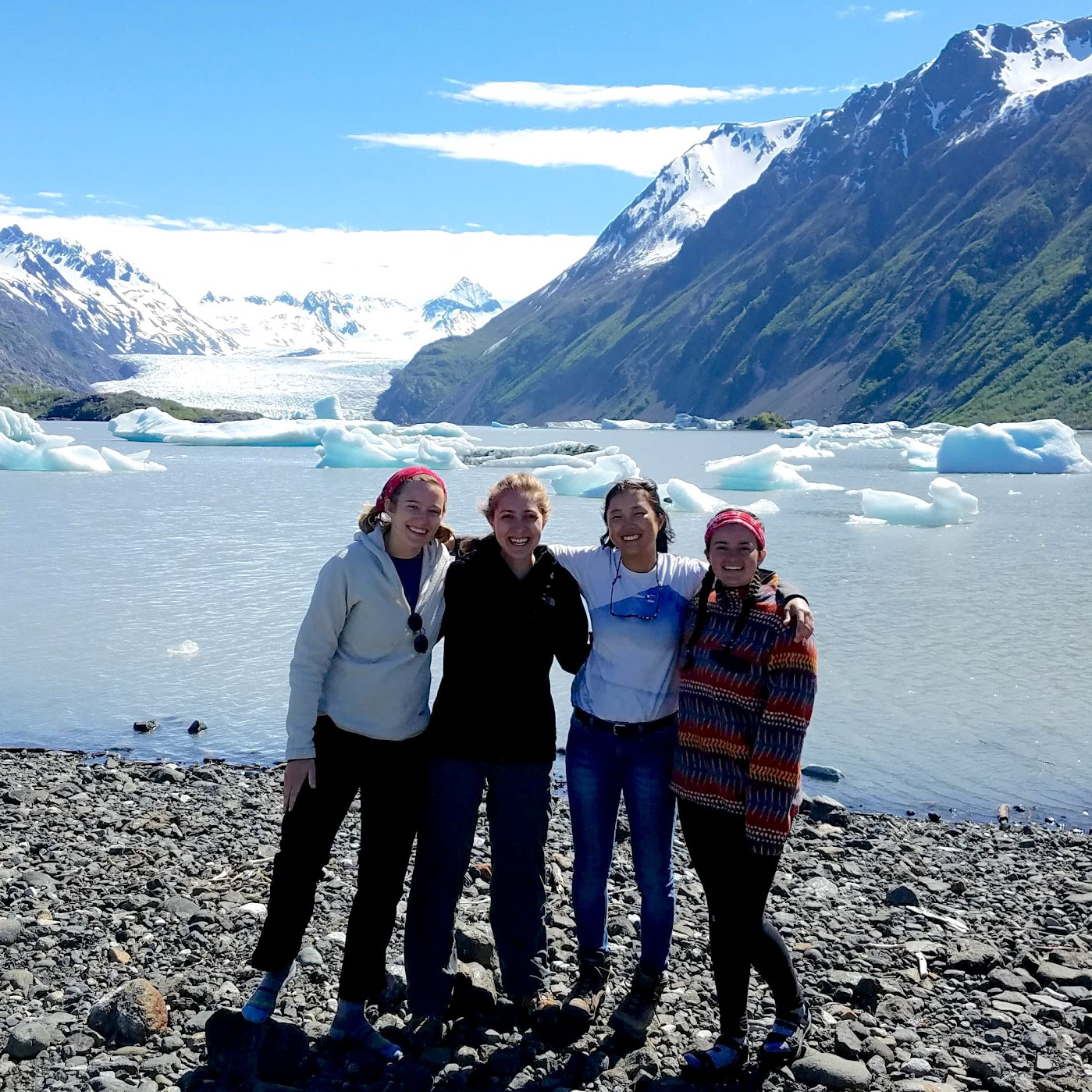
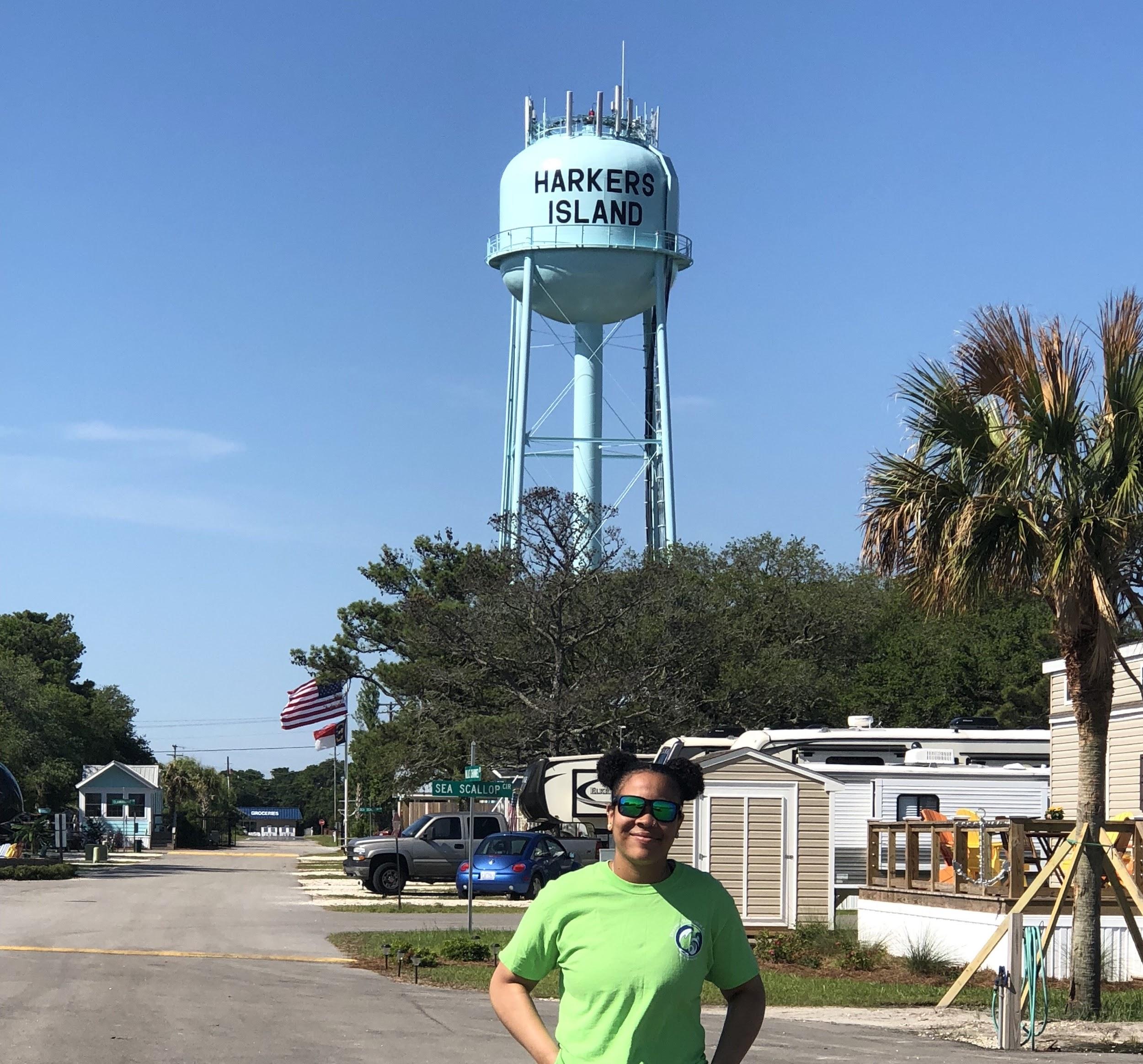
NOAA scholar Anjali Boyd is spending her summer studying the seagrass communities along the Straits toward Harkers Island with the National Ocean Service in Beaufort, North Carolina. Anjali's research, a collaboration with Duke University Marine Lab, focuses on examining a food-web based approach to seagrass conservation. The aim of her project is to better understand how juvenile pinfish affect seagrass health. Anjali is monitoring her pinfish exclusion experiments daily through July to better understand the effects pinfish can have on seagrass health and productivity. (Credit: Anjali Boyd and Dr. Ken Riley)
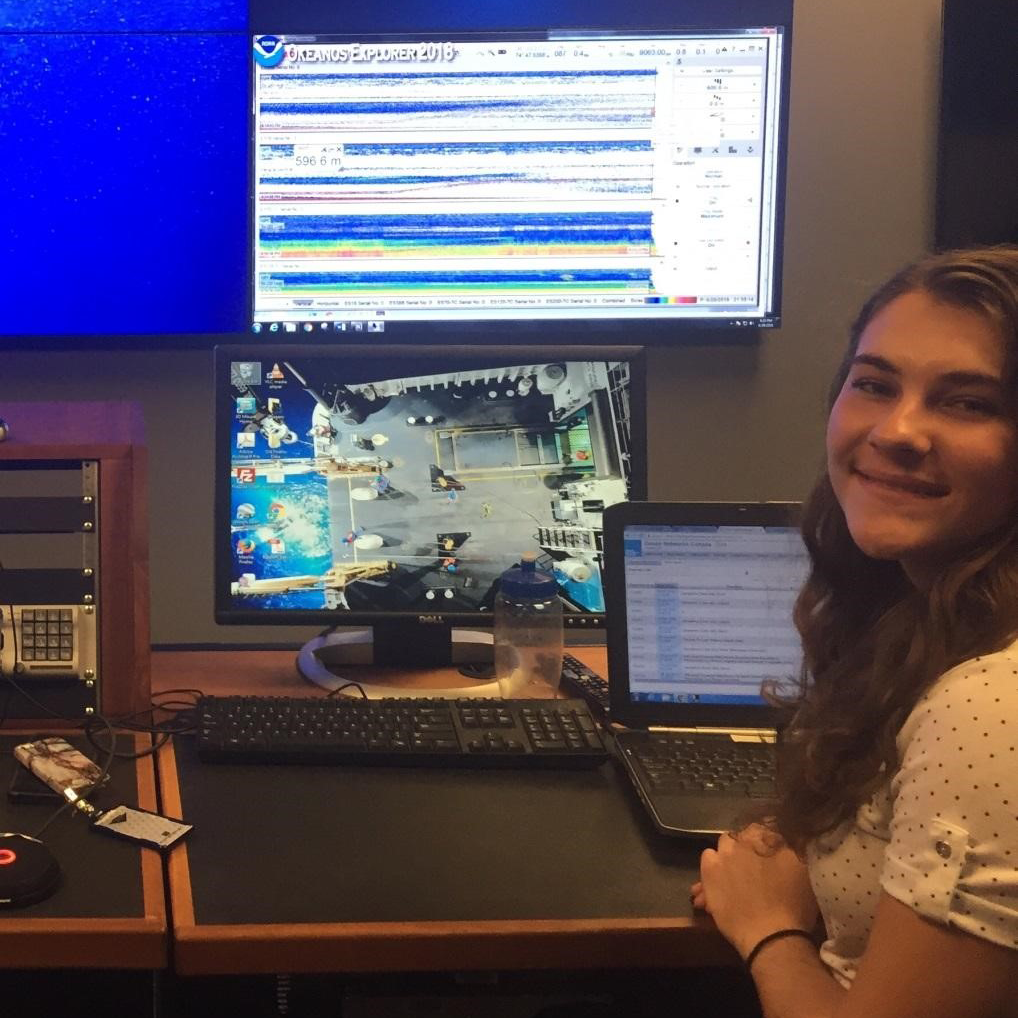
Gina Selig, an Educational Partnership Program Undergraduate Scholar, is interning this summer with the NOAA Office of Exploration and Research, where she is investigating the latitudinal and vertical distributions of an open ocean sea cucumber in the central Pacific using exploratory data. In this photo from June 2018, Gina is virtually participating in the NOAA Ship Okeanos Explorer Windows to the Deep expedition from the Exploration Command Center in Silver Spring, Maryland. Gina is helping to log data, as well as conversing with scientists remotely participating in the expedition from all around the world. This expedition explored the Southeast U.S. Continental Margin, conducting remotely operated vehicle dives and collecting critical baseline data about parts of the deep ocean that had never before been seen by the human eye. (Credit: Adrienne Copeland)
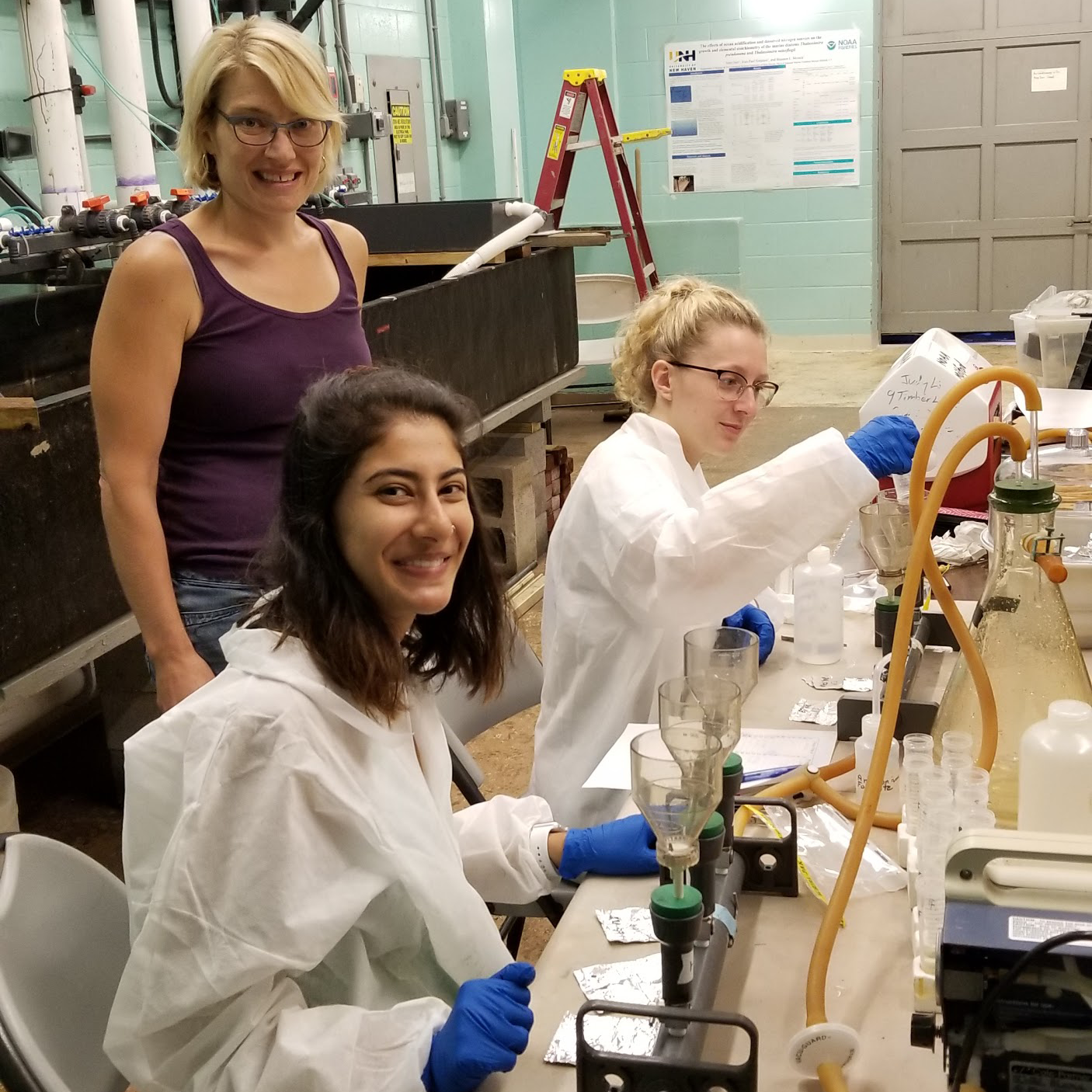
How is our changing ocean affecting eastern oysters and blue mussels? Radhika Shah, a Hollings Scholar interning with NOAA Fisheries in Milford, Connecticut, is measuring how the physiology of these shellfish is changing with increasing ocean temperatures and ocean acidification. This summer, Radhika is conducting experiments to measure the feeding and absorption rates of these commercially and ecologically important filter feeders under predicted future ocean conditions. Radhika says of her research, "I hope that the data I collect can be successfully combined with models to help maintain sustainable fisheries, even with a changing climate." (Credit: Kristen Jabanoski/NOAA)
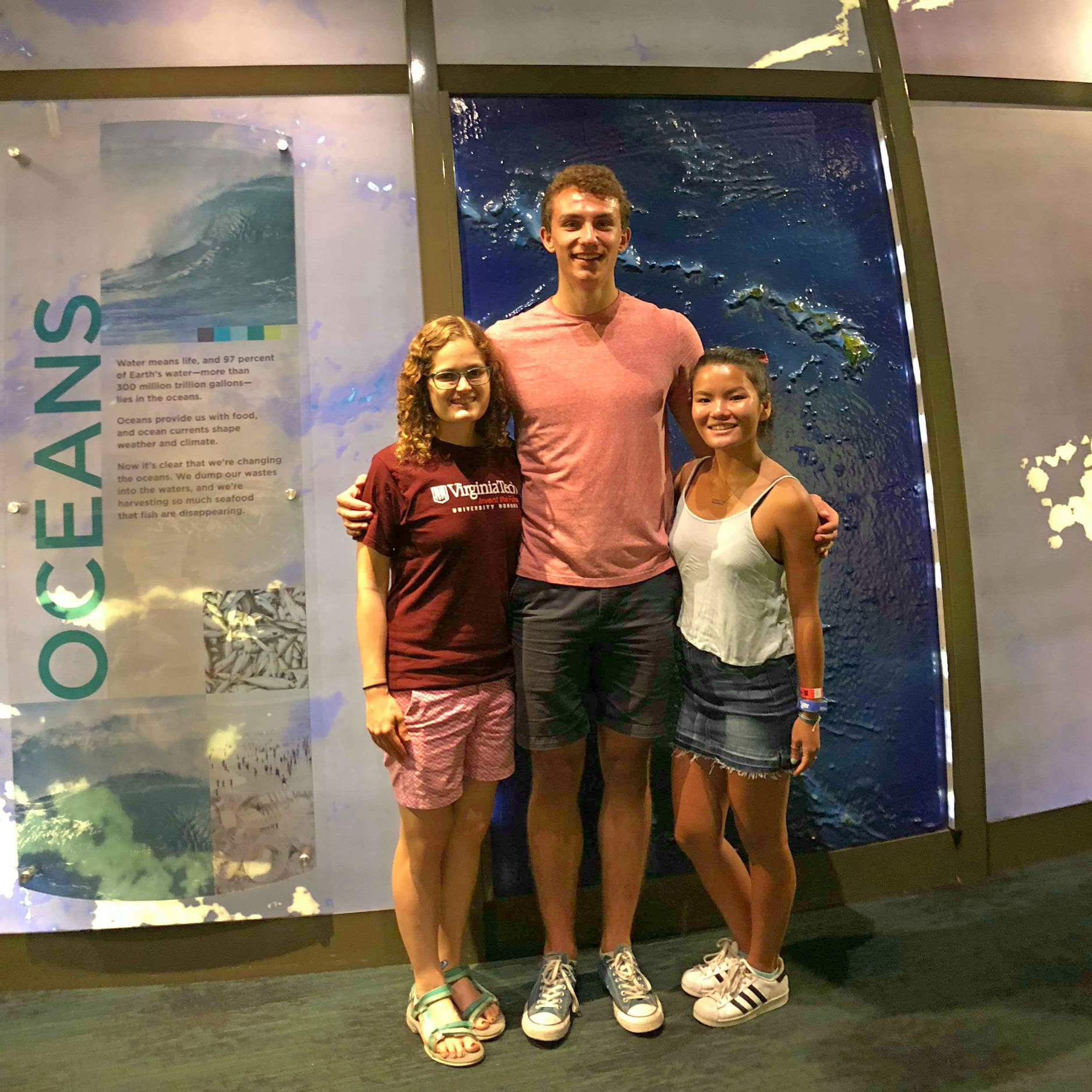
Arianna Krinos, Brett McKim, and Lily Wittle (pictured left to right) are NOAA Scholars at the NOAA Geophysical Fluid Dynamics Lab, part of NOAA Research. Arianna works on biological and biogeochemical aspects of ocean modeling, Brett's project is focused on atmospheric convection modeling, and Lily is modeling the physical oceanography of the Southern Ocean. On the Fourth of July, the three scholars visited Philadelphia, Pennsylvania, to experience Independence Day in a quintessential American landmark city. En route to the fireworks, they couldn't pass up a trip to The Franklin Institute, an interactive science museum named after Benjamin Franklin. Here, the scholars, all conducting research to improve our understanding of the ocean, atmosphere, and climate, pose in front of the oceans display in the Institute's global change exhibit. (Credit: Arianna Krinos)
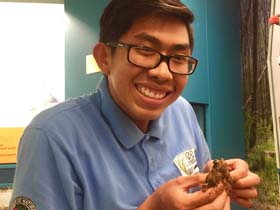
Cuong Tran's Hollings internship at Old Woman Creek National Estuarine Research Reserve in Huron, Ohio, focuses on determining best practices for improving communication between the scientific community and watershed property owners, as well as uncovering barriers to the installation of nature-based shorelines. In addition to his project, Cuong is taking care of native animals in the visitor center, teaching school groups about watershed-estuary-Great Lake connections and human impacts on the lakes, leading weekly kayak trips on the estuary, and helping with environmental education workshops. (Credit: Jennifer Bucheit)
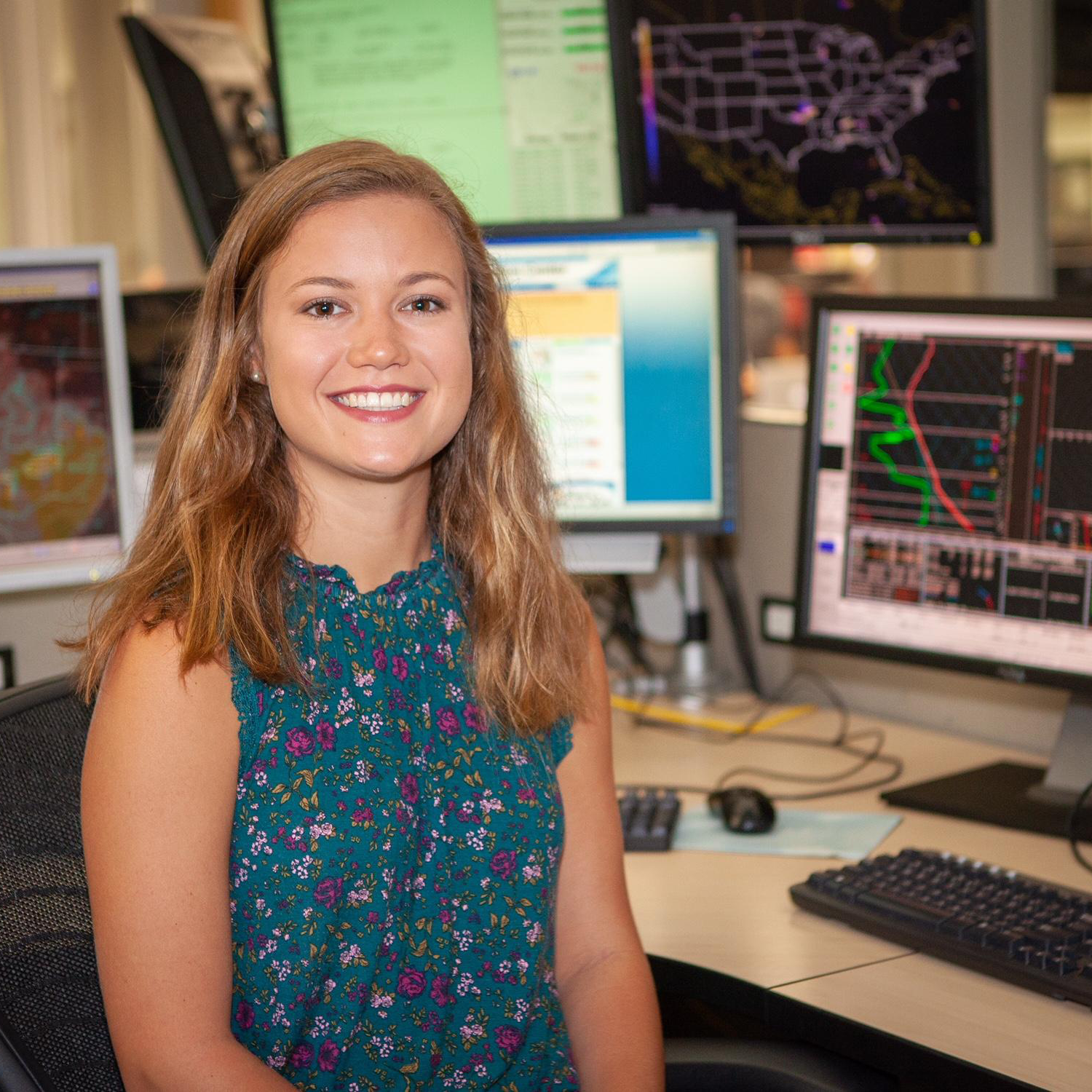
Hollings Scholar Caitlin Ford is analyzing Short Range Ensemble Forecast Dry Thunderstorm Probabilistic Model Guidance during her internship with the National Weather Service (NWS) at the National Weather Center offsite link in Norman, Oklahoma. In addition to her research project, Caitlin is shadowing forecasters at the NWS Storm Prediction Center (where this photo was taken) and the Norman Weather Forecast Office this summer to learn more about potential career paths in meteorology. (Credit: NWS Storm Prediction Center)
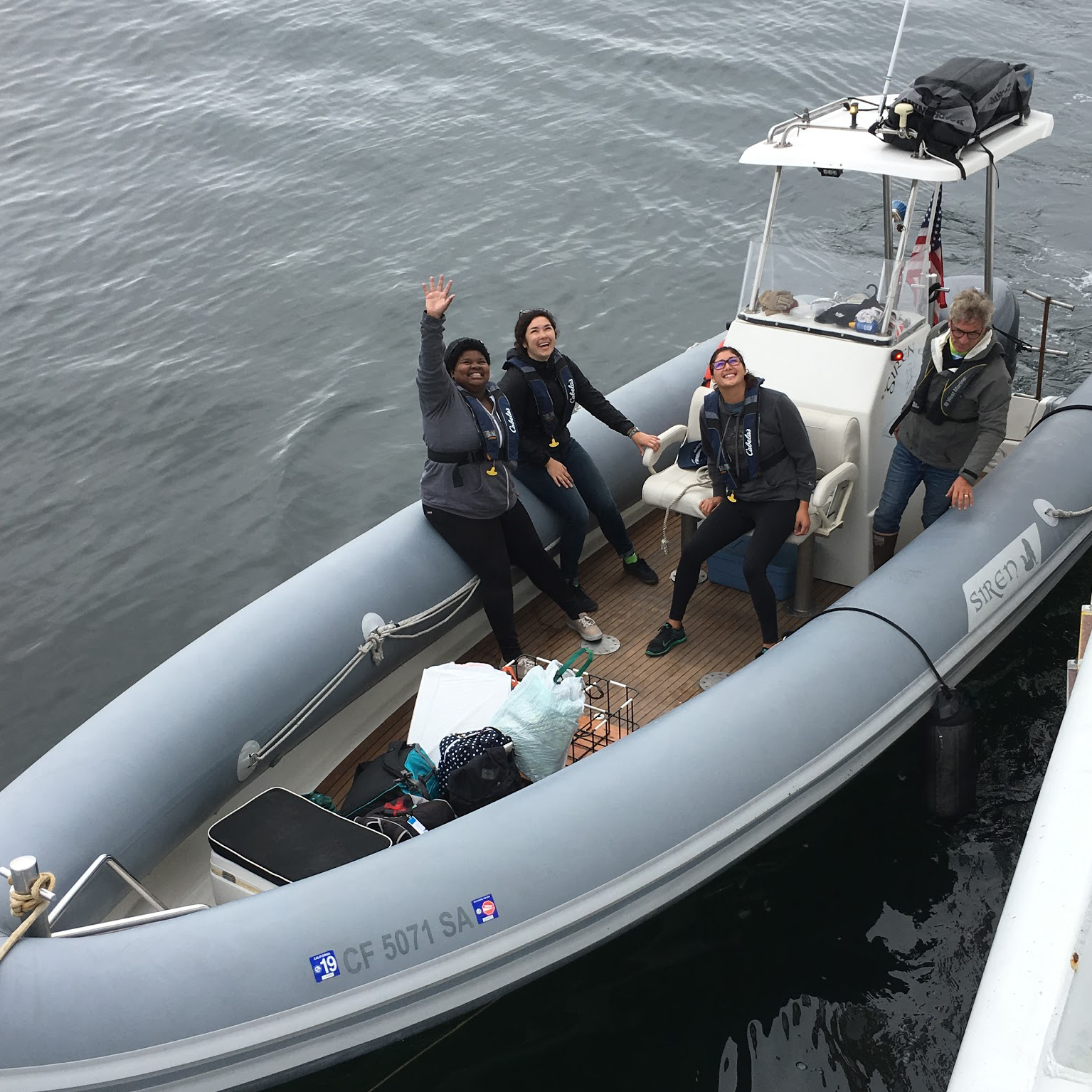
EPP Scholar Camisha Few, left, is interning this summer with the Monterey Bay National Marine Sanctuary in Monterey, California, working on a Sanctuary biodiversity assessment for the West Coast Region. (Credit: Andrew DeVogelaere)

Teresa Giandonato is a NOAA Hollings Scholar doing a collaborative internship this summer between Stellwagen Bank National Marine Sanctuary and the Woods Hole Oceanographic Institution. She participated in a shearwater bird tagging cruise in the Gulf of Maine. Teresa, her NOAA mentor, and fellow field scientists put trackers on shearwaters to better understand their behavior and role in the ecosystem. (Credit: David Wiley)
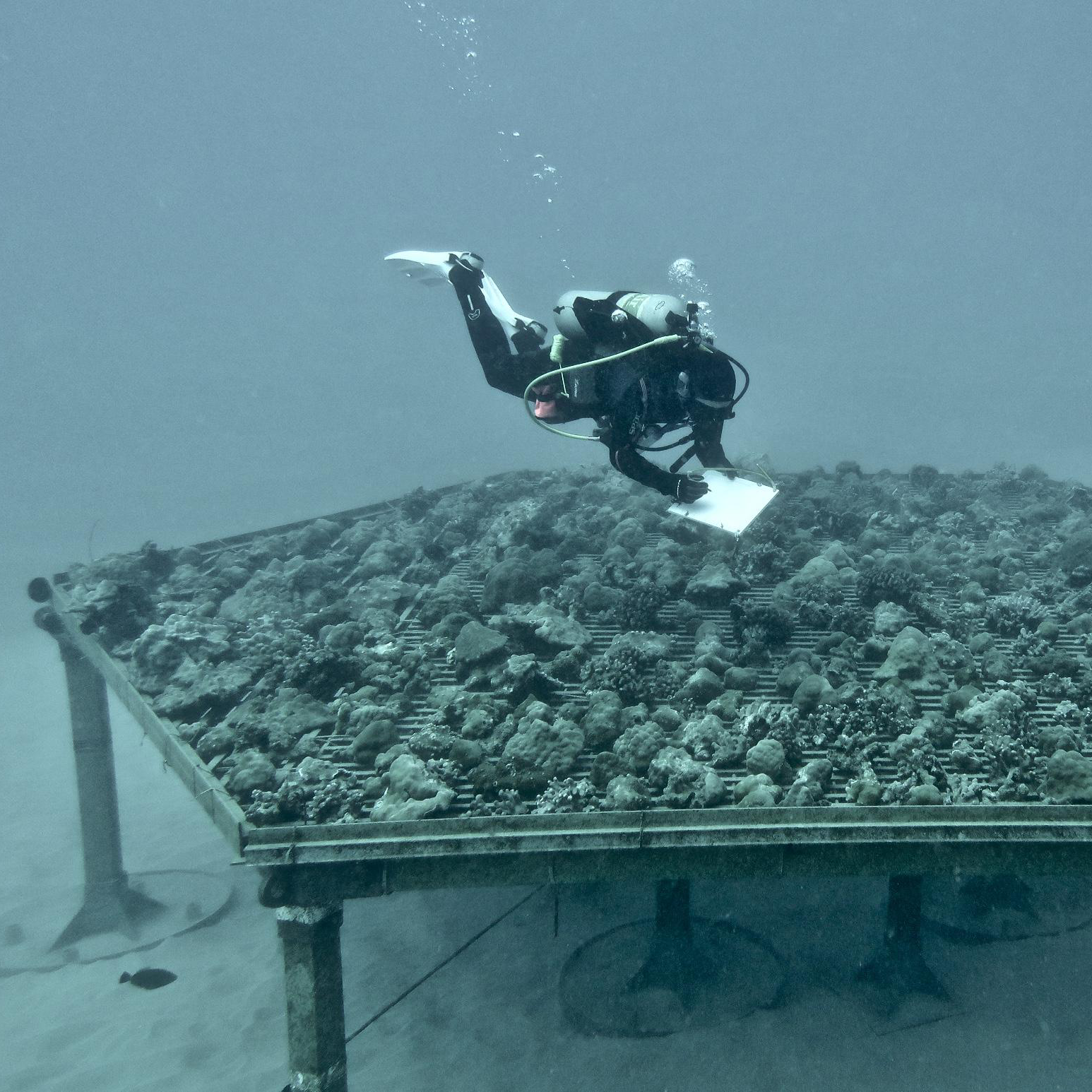
Samantha Iliff is a NOAA Hollings Scholar currently interning with NOAA Fisheries at the Restoration Center in Honolulu, Hawaii. She been studying the ecological impacts of the Reef Runway Coral Nursery off of the southern shore of Oahu, Hawaii. This is one of the first open-ocean coral nurseries in Hawaii. Using SCUBA, Samantha counted and recorded fish species on the nursery structure. (Credit: Nikola Rodriguez)

